Michell Consulting Group
Your SAP Business One Partner
#1 rated ERP solution for manufacturing and distribution for small and mid-sized business
FEATURES
SAP Business ONE
A single, affordable ERP solution to manage your entire small business – from accounting and financials, purchasing, inventory, sales and customer relationships to reporting and analytics.
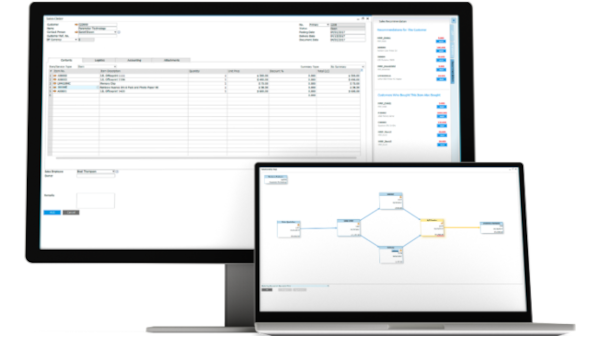
Financial Management
Improve margins, reduce errors, and drive more profitable decision-making with a complete set of tools for streamlined financial operations.
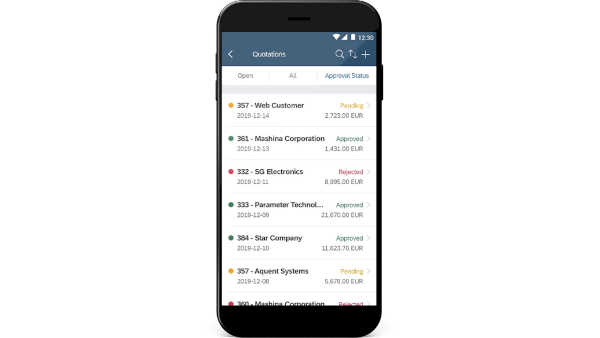
Sales and Customer
Oversee the entire sales process and customer lifecycle more efficiently – from initial contact to final sale, after-sales service, and support.
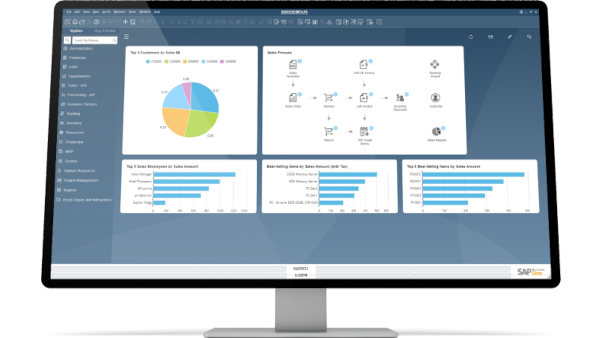
Purchasing and Inventory
Optimize purchasing practices and control costs by managing the complete order-to-pay cycle including receipts, invoices, returns, and payments.
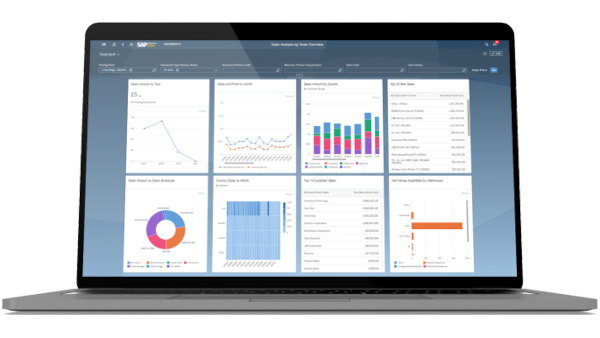
Business Intelligence
Create timely and accurate reports based on company-wide data with analytics and reporting tools.
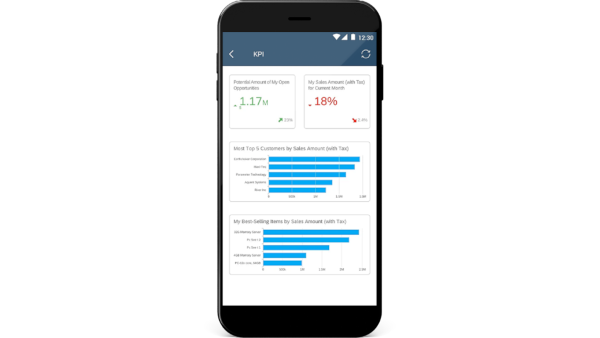
Analytics and Reporting
Empower your employees to make smart, confident decisions faster by capturing all critical information and making it instantly available company-wide.
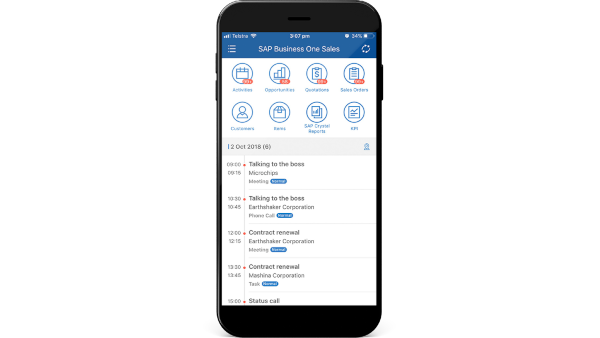
Mobility
With SAP Business One mobile apps, you get immediate access to the most relevant information to help you to run your business from anywhere, any time.
How We Work
Work Process
01
Requirements Gathering and Analysis
This initial stage involves thorough discussions with key stakeholders across various departments to understand the specific business processes, challenges, and objectives. The aim is to compile a comprehensive list of requirements that the SAP Business One solution must meet. This process ensures that the implementation will be tailored to address the unique needs of the business, resulting in a more effective and efficient system.
02
System Design and Customization
Based on the requirements gathered, the next step is to design the SAP Business One system architecture and customize its modules to align with the business’s workflows, reporting needs, and operational processes. This phase may include configuring the software settings, developing custom functionalities, or integrating with existing systems and third-party applications. The goal is to ensure the SAP solution works seamlessly within the organization’s ecosystem, enhancing productivity and supporting business growth.
03
Training and User Adoption
A critical component of the SAP Business One implementation is training the end-users and ensuring they are comfortable with the new system. This involves creating detailed documentation, conducting training sessions tailored to different user roles, and setting up a support structure for post-implementation queries. Effective training and support facilitate smoother transition to the new system, higher user satisfaction, and ultimately lead to successful adoption across the organization.
Success
Proven track of successfully implementing SAP Business One for over 15 years.
75
Clients
15
Years


Who are we
Expert SAP Business One Implementers at Your Service
✓ User-Friendly Solutions
✓ Strategically Engineered for Your Business
Testimonials
Our Customers Said




★ ★ ★ ★ ★
5.0 from 140+ reviews
“The service has been incredible”
What they promised they have delivered on and our team has been wowed by the service they have brought to us.
★ ★ ★ ★ ★
— David Wolf, Herman ProAV, Inc.
“They understand and they come with solutions”
The solutions they have brought to us are tailored to [small- to mid-sized companies].
★ ★ ★ ★ ★
— Victor Hernandez, VP of Finance & Administration
Have Questions?
Frequently Asked
Questions
What is SAP Business One Used for?
SAP Business One is an affordable solution to manage small and midsize companies: from accounting and financials, purchasing, inventory, sales and customer relationships (CRM) to reporting and analytics.
What is the difference between SAP ERP and SAP business One?
SAP Business One is designed for small and midsize business (SMB) enterprises, while SAP S/4HANA Cloud and SAP ERP are designed for organizations of all sizes.
Is SAP Business One customizable?
Because every business is different, SAP Business One is designed with flexibility in mind. Whether it’s deployed on premise or in the cloud, you can access SAP Business One at anytime, anywhere using any mobile device. As your business grows, you can customize and extend SAP Business One to meet your evolving needs.
Need more information?
Struggling to find the answers you need? Let’s have a conversation.
